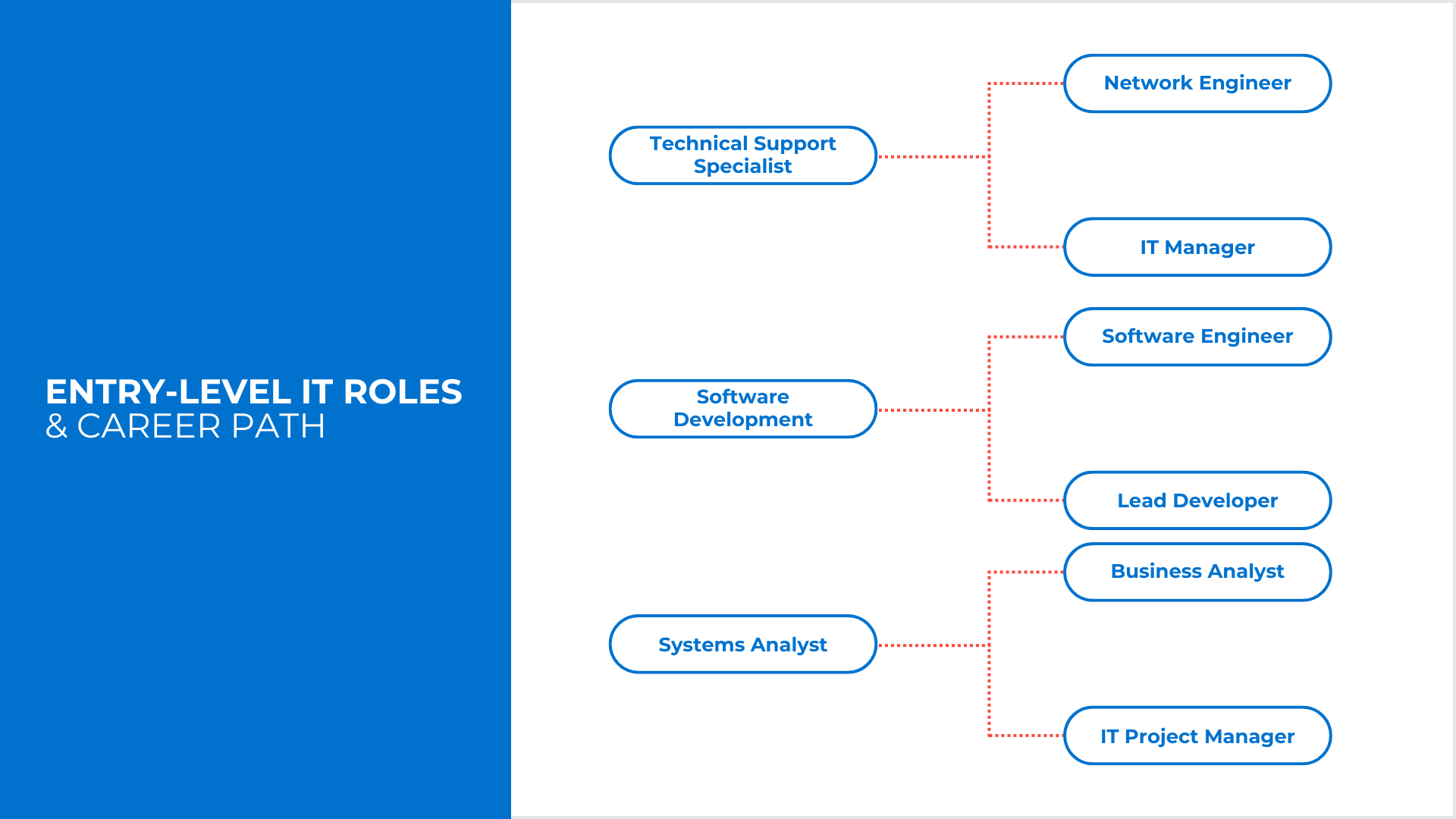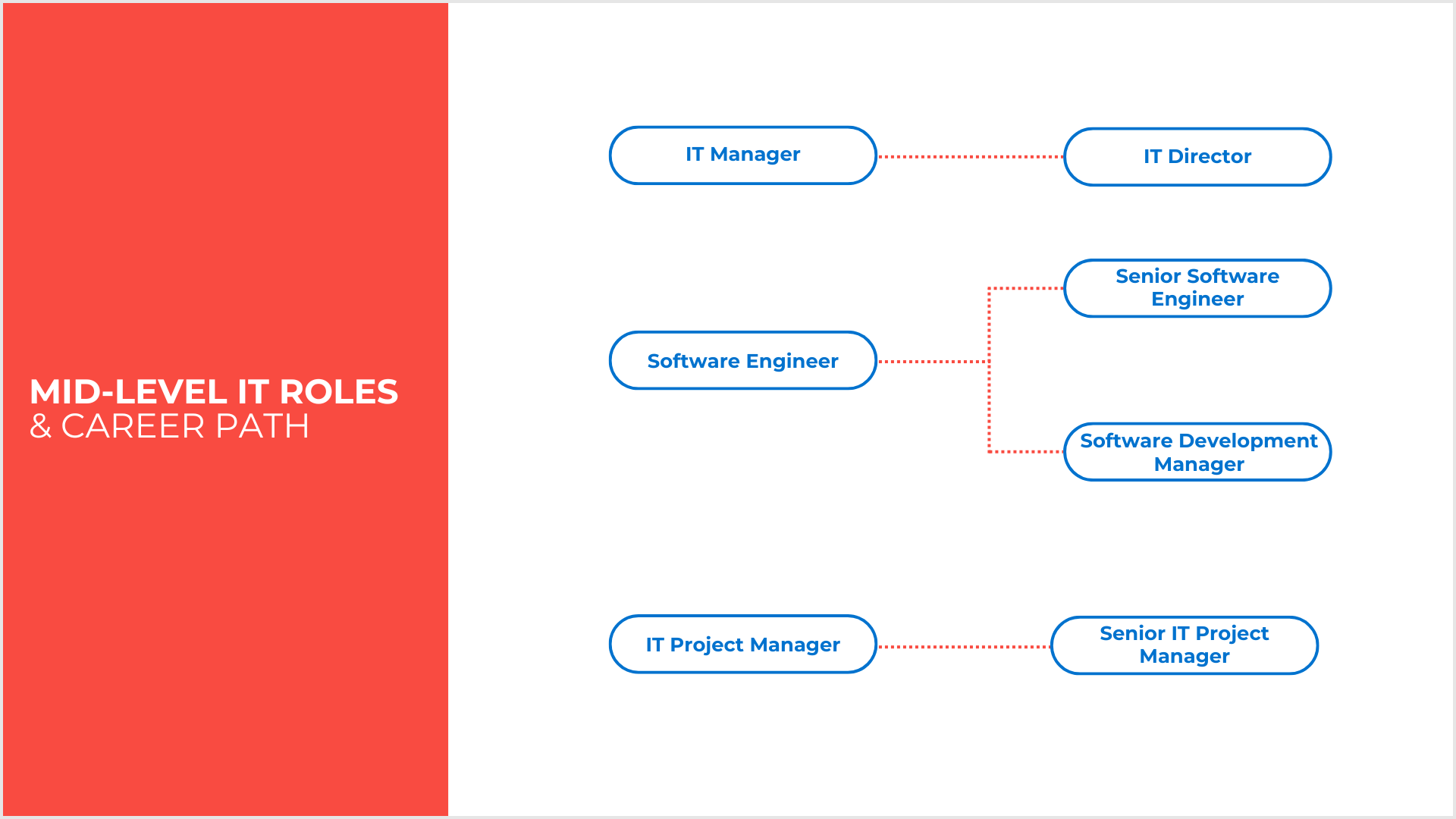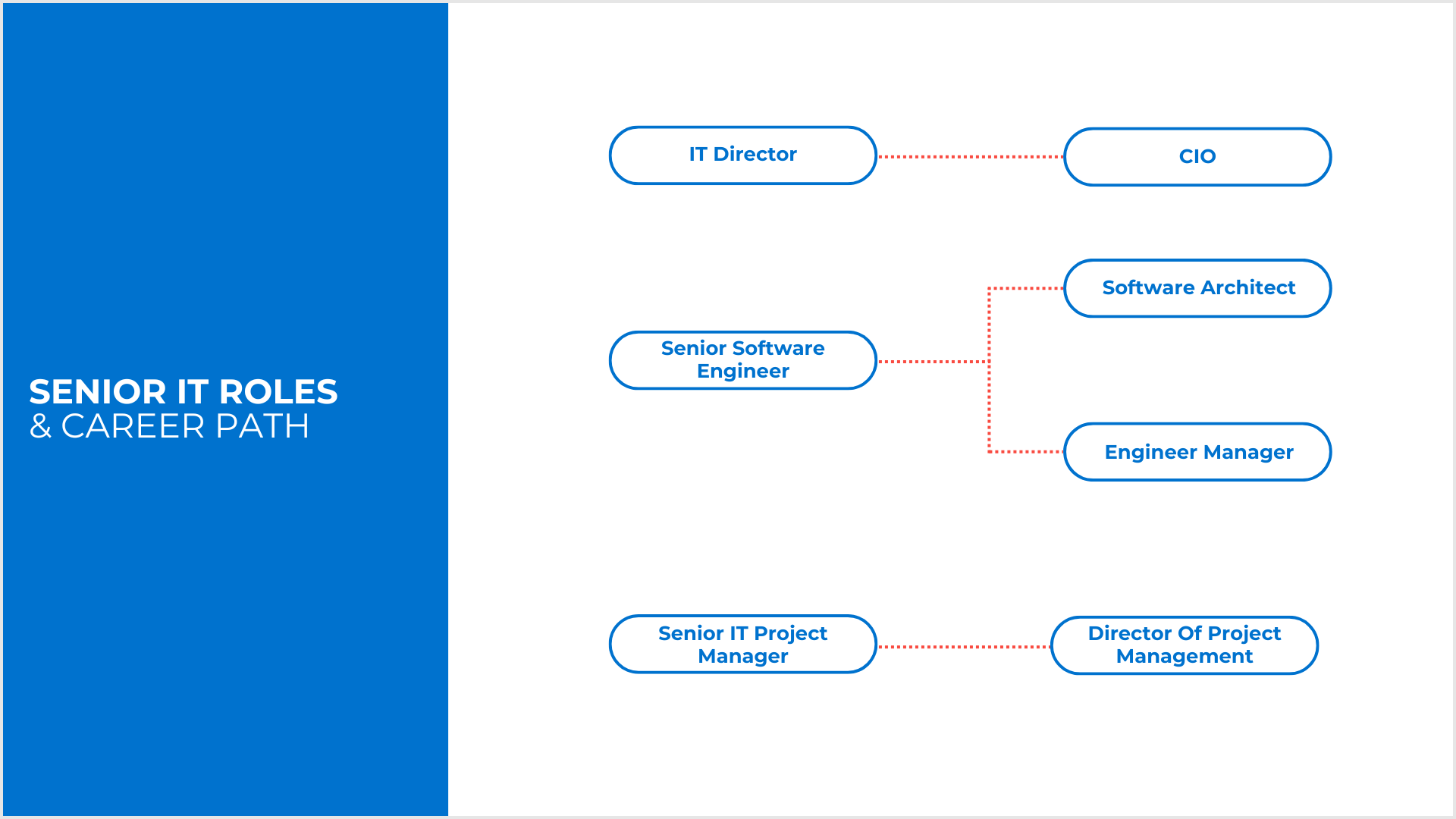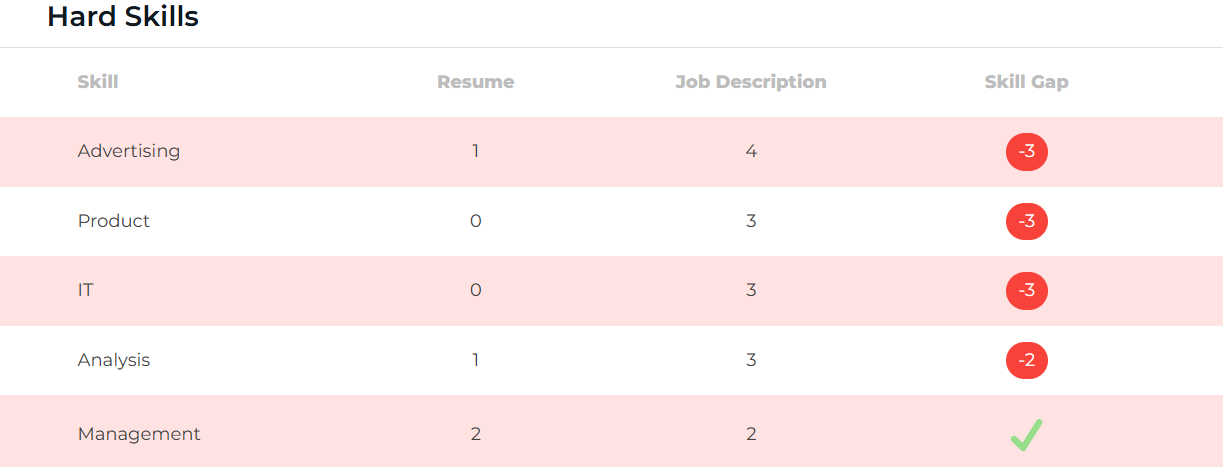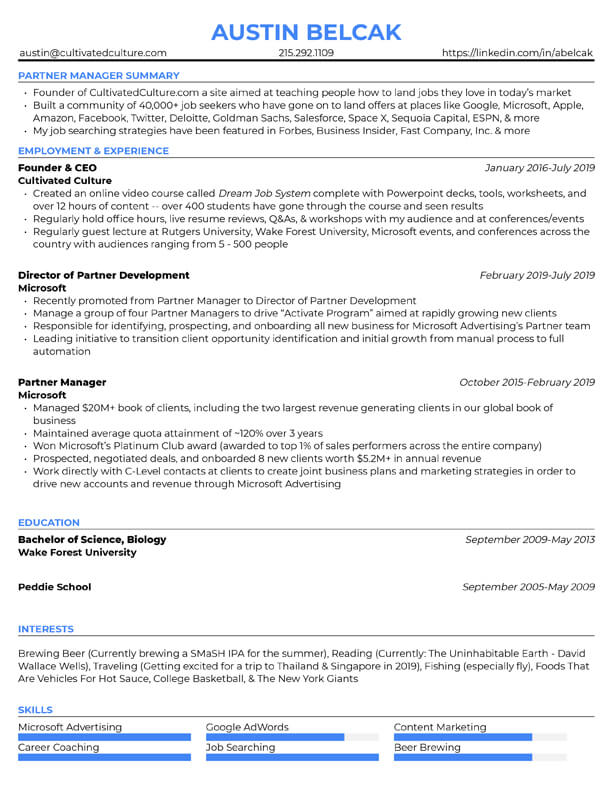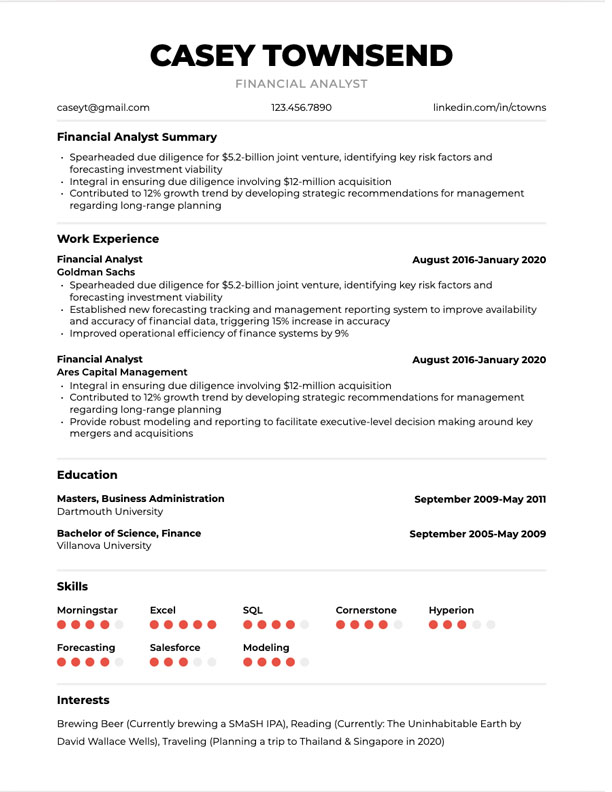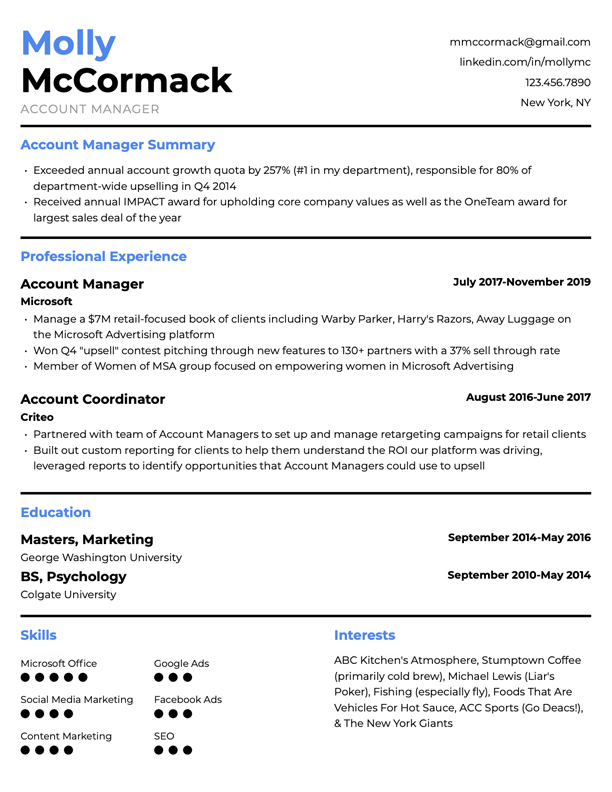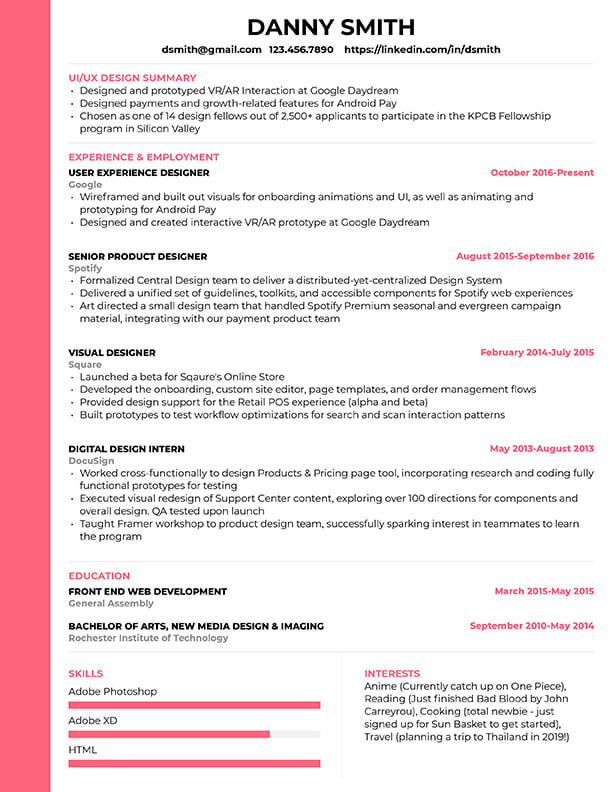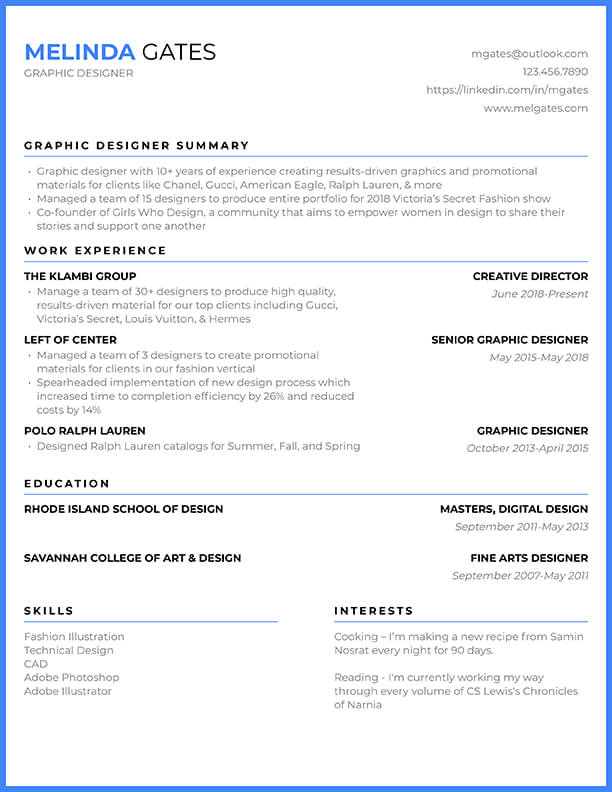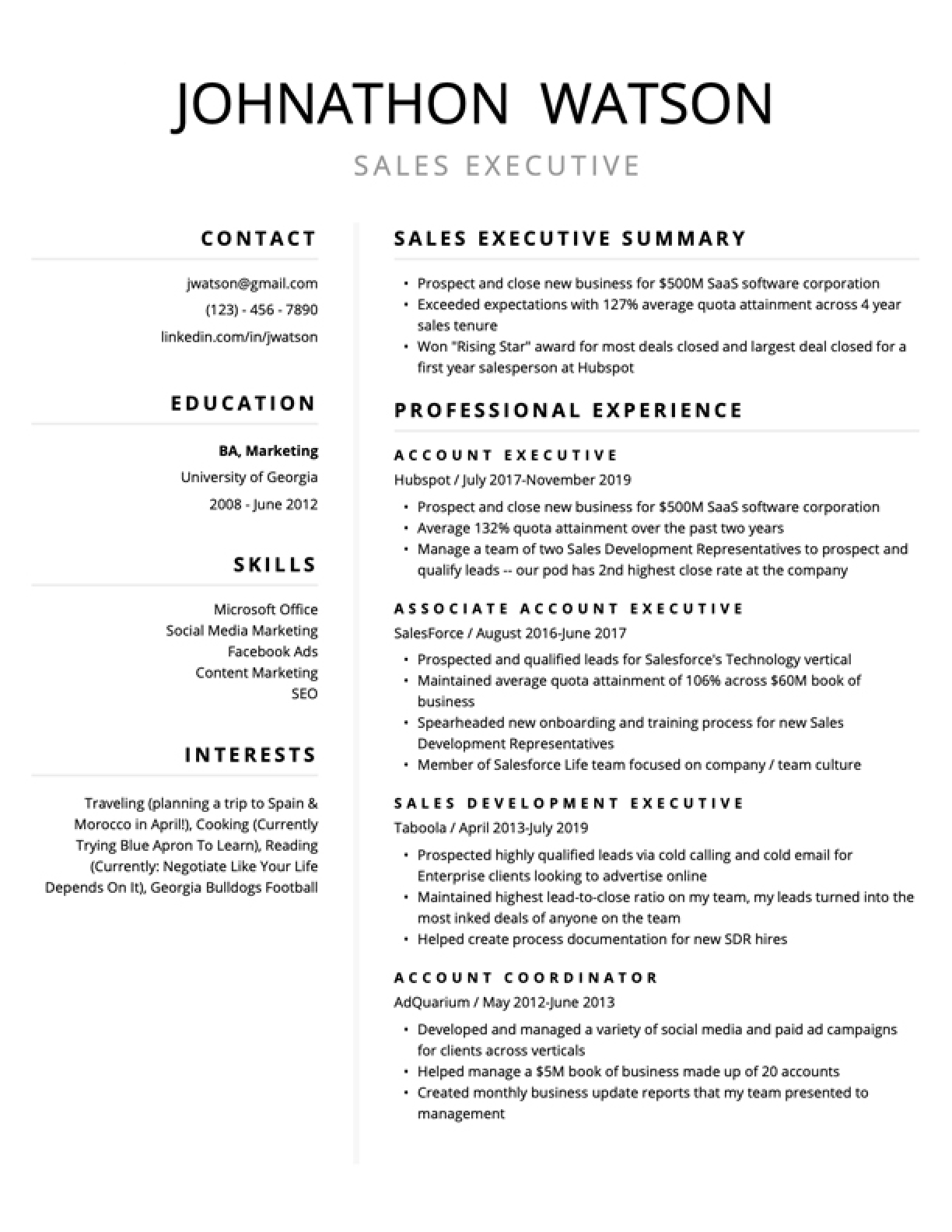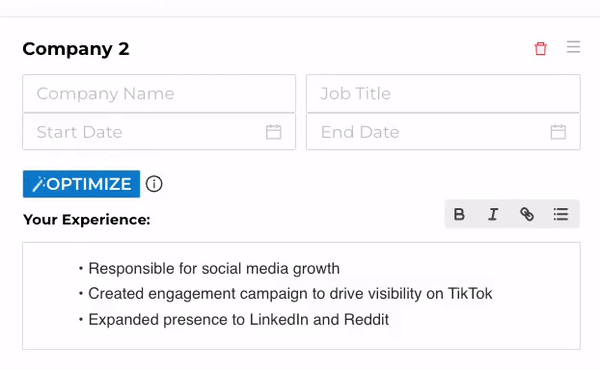So you've decided to pursue an IT career path and are curious about what your career may look like in a few years?
Or, maybe, you're still deciding if an IT career path is the right track for you.
Either way, we've got you covered! In this article, we'll be sharing:
- IT Careers To Pursue
- The IT Career Path: Roles, Skills, & Progression
- IT Salaries (Entry-Level, Mid-Level, & Senior Level)
- Level-Up Your Game: How To Step Into A New IT Role
IT Careers To Pursue
There are several different career opportunities you can pursue within the IT field. However, different industries might require more expertise in specific areas.
For example:
- An IT role at a tech startup might focus heavily on software development, cloud computing, and cybersecurity to protect and manage data effectively.
- An IT role at a healthcare company could emphasize health informatics, data analysis, and network security to ensure patient data is protected and processes run smoothly.
- An IT role at a financial services firm could offer opportunities in blockchain technology, fintech solutions, and robust cybersecurity measures to secure transactions and innovate financial processes.
Not all companies will demand every specialty, but every specialty has a place within many different companies!
So, if you're thinking about which IT career you should pursue, it might be a good idea to first consider what kind of company you would like to work for.
Maybe, you'd like to work for a company in big tech.
Maybe you're aiming for a recognized brand in healthcare.
Or, maybe, you'd like to join a startup.
You will find different IT opportunities with different scopes and setups. So, having clarity about where you'd like to be within a certain time frame is key to deciding which path is right for you.
Most skills you need for an IT career are transferable across different roles, industries, and companies. The purpose of this exercise is to explore the opportunities and decide where you'd like to be in the short term and eventually down the road!
💡 Pro Tip:
If you're struggling to find out where you'd like to be, check out the article “What Should I Do With My Life? A Step-By-Step Guide” and read it from top to bottom. If “IT” still feels like the right path, head back here and continue reading!
Once you've set your mind on your career path, it's time to understand what roles might be a good fit for you.
The IT Career Path: Roles, Skills, & Progression
We've selected the most common IT roles for each level and their job descriptions. Take a look below!
Entry-Level IT Roles
Most people begin their IT careers in roles that don't require a ton of prior experience, such as:
Technical Support Specialist
This role offers broad exposure to different IT support activities and doesn't usually require extensive experience.
📝 Technical Support Specialist Job Description: Responsible for supporting the IT team in their strategies and campaigns, assisting with the troubleshooting of hardware and software issues, network management, and more.
✅ Skills Required: Strong communication skills, problem-solving abilities, and technical proficiency are a few major skills companies look for in Technical Support Specialists.
⬆️ Possible progression: Technical Support Specialists can progress into a Network Engineer or IT Manager role.
Software Developer
Although this role does require a basic understanding of programming principles, it's a great entry-level role for people with strong coding skills.
📝 Software Developer Job Description: Responsible for designing, coding, and testing new software applications. This role may involve activities like developing software solutions, working with teams to implement new software, and maintaining and improving existing software.
✅ Requirements: Strong analytical skills, proficiency in programming languages, and creativity are the most required skills for this role.
⬆️ Possible progression: Software Developers can progress into a Software Engineer or Lead Developer role.
Systems Analyst
This role generally requires analytical skills and a good understanding of business processes, but doesn't typically require extensive experience.
📝 Systems Analyst Job Description: Responsible for analyzing business requirements and implementing technology solutions. Activities include working with stakeholders to understand needs, designing systems to meet these needs, implementing systems, and ensuring systems are optimized for end-users.
✅ Requirements: Strong analytical skills, understanding of business processes, and technical proficiency are the most required skills for this role.
⬆️ Possible progression: Systems Analysts can progress into a Business Analyst or IT Project Manager role.
Mid-Level IT Roles
As you gain experience, mid-level roles often involve more responsibility and the opportunity to lead projects or teams. Some common mid-level IT roles include:
IT Manager
At this level, professionals are responsible for overseeing IT projects, managing a team, and ensuring that the IT strategy aligns with company goals.
📝 IT Manager Job Description: Responsible for developing, implementing, and managing IT projects for an entire organization or specific business units. This includes managing budgets, team leadership, project analysis, and optimizing IT efforts to drive growth.
✅ Skills Required: Leadership, project management, technical expertise, and strategic thinking are crucial for success in this role.
⬆️ Possible progression: IT Managers can advance to roles like IT Director.
Software Engineer
This role focuses on the development and maintenance of software applications.
📝 Software Engineer Job Description: Responsible for developing, testing, and maintaining software applications that meet the needs of the business. This includes writing clean and efficient code, collaborating with other developers and product managers to design software solutions, and participating in code reviews and software testing.
✅ Skills Required: Strong programming skills, understanding of software development methodologies, proficiency in debugging and problem-solving, and effective collaboration skills.
⬆️ Possible progression: Software Engineers can move into positions such as Senior Software Engineer or Software Development Manager.
IT Project Manager
This role is crucial for overseeing and ensuring the successful delivery of IT projects.
📝 IT Project Manager Job Description: Responsible for planning, executing, and finalizing IT projects according to strict deadlines and within budget. This includes acquiring resources and coordinating the efforts of team members and third-party contractors or consultants in order to deliver projects according to plan. The IT Project Manager also oversees project scopes and objectives, involving all relevant stakeholders and ensuring technical feasibility.
✅ Skills Required: Excellent project management skills, profound knowledge of IT systems and infrastructure, strong problem-solving skills, and effective communication skills.
⬆️ Possible progression: IT Project Managers can advance to roles such as Senior IT Project Manager.
Senior-Level IT Roles
Senior-level roles involve greater strategic oversight and leadership, often requiring professionals to lead larger teams and make high-level decisions.
IT Director
IT Directors are responsible for shaping the overall IT strategy and ensuring that all IT efforts align with the company's objectives.
📝 IT Director Job Description: Responsible for overseeing the IT department, developing high-level IT strategies, managing large budgets, and working closely with senior leadership to drive company growth.
✅ Skills Required: Strategic thinking, leadership, budget management, and strong communication skills.
⬆️ Possible progression: IT Directors can move up to roles such as Chief Information Officer (CIO).
Senior Software Engineer
Senior Software Engineers take a lead role in designing, developing, and implementing complex software solutions.
📝 Senior Software Engineer Job Description: Responsible for leading development teams and projects, designing software architecture, coding complex functionalities, and ensuring software performance and reliability meet business needs. They mentor junior engineers and ensure best practices in coding and process are followed.
✅ Skills Required: Advanced programming skills, deep knowledge of software development processes, leadership, and strong problem-solving capabilities.
⬆️ Possible progression: Senior Software Engineers can advance to roles such as Software Architect or Engineering Manager.
Senior IT Project Manager
Senior IT Project Managers are responsible for handling complex, high-stakes projects, often managing multiple teams and stakeholders.
📝 Senior IT Project Manager Job Description: Responsible for leading large-scale IT projects, coordinating between cross-functional teams, managing budgets, and delivering successful project outcomes. They play a key role in strategic planning and resource allocation, ensuring projects align with organizational goals.
✅ Skills Required: Advanced project management skills, excellent communication and negotiation skills, deep understanding of IT systems, and strategic planning abilities.
⬆️ Possible progression: Senior IT Project Managers can move into higher management roles such as Director of Project Management.
It's important to note that the career paths outlined above may vary slightly from company to company. Some companies have more hierarchical structures, meaning there might be intermediate roles at each level. For example, an IT Manager can progress into a Senior IT Manager role before taking a Head of IT position.
Plus, progress isn't always linear. IT professionals can often make lateral moves and explore different areas within the industry, shifting from generalist roles to specialized roles. Additionally, they can also take a technical route or embrace a leadership position.
At the end of the day, while there are some typical progressions within IT careers, your path is unique and will depend on your strengths, interests, soft and hard skills, and priorities in life.
IT Salaries (Entry-Level, Mid-Level, & Senior Level)
Now that we’ve covered the most common IT career paths, you might be asking yourself what the pay range is for each role.
To answer this question, let’s head over to one of our favorite tools for salary research: Glassdoor.
Glassdoor is one of the world’s top job and recruiting websites, where users can anonymously provide information about their companies – including their current salary. Glassdoor provides an average salary range for various roles based on the information sent by its users.
According to Glassdoor, the base salary for the most common IT roles in 2025 are:
IT Roles:
- Technical Support Specialist (Entry-Level): $45K – $67K / year base pay
- IT Manager (Mid-Level): $87K – $137K / year base pay
- IT Director (Senior-Level): $116K – $192K / year base pay
Software Development Roles:
- Software Developer (Entry-Level): $83K – $125K / year base pay
- Software Engineer (Mid-Level): $94K – $144K / year base pay
- Senior Software Engineer (Senior-Level): $129K – $171K / year base pay
Analyst Roles:
- Systems Analyst (Entry-Level): $88K – $131K / year base pay
- IT Project Manager (Mid-Level): $101K – $148K / year base pay
- Senior IT Project Manager (Senior-Level): $112K – $155K / year base pay
Level-Up Your Game: How To Step Into A New IT Role
Whether you're looking for an entry-level job in IT or aiming to advance in your IT career, it's important to know that you don't necessarily need a graduate degree or specialization to move up the IT career ladder. Your unique experience and skills can go a long way, as long as you learn how to sell them!
Here are a few tips and tricks that will help you land your next IT role.
1. Run A Resume Scan To Find Out Skill Gaps In Your Target Role
Wondering if you are the right fit for that target role?
We've got you covered.
Here's a simple, step-by-step guide to find out if you have the skills to land that job in IT you've been aiming for:
- Copy the job description of the IT role that sparked your interest
- Head over to ResyMatch.io (or use our shortcut below)
- Grab a copy of your most updated resume
- Upload your resume on the left side
- Paste the job description on the right side
- Hit “Start Resume Scan”
Boom! ResyMatch will compare and score your resume against the job's description and identify missing skill gaps, such as:
ResyMatch will also make sure your resume is ATS compatible (ATS is a software that recruiters often use to track candidates through the hiring process). And of course, ResyMatch will provide suggestions and outline best practices you can use to edit and improve your resume!
Use our shortcut below to get started:
2. Update Your Resume With Compelling Resume Bullets
After you've compared your resume against your target job description, you will likely find yourself in one of two scenarios:
1. You have some missing skills that you'll need to master before taking on a new role — if that's the case, you can take action and start building those skills through an online course and a portfolio strategy.
OR…
2. You have already mastered most of the skills — if that's the case, all you need to do is update your resume with compelling resume bullets, leveraging the keywords found on your resume and job description scan.
To get started, you'll want your resume bullets to have just the right amount of hard and soft skills, action words, measurable results, and common words.
This means a compelling resume bullet for someone applying for an IT role might look something like this:
Improved app performance by 35%, boosting user engagement by 20%.
This bullet focuses on specific IT hard and soft skills, while also showcasing measurable results!
To help you write the perfect resume bullet, we've created ResyBullet.io, a free resume bullet analyzer that helps you write your resume in a way that grabs attention and illustrates value. Simply copy and paste your resume bullet below to begin your analysis:
ResyBullet will analyze and score your resume bullet and give you actionable insights for improvement.
Here's how our resume bullet scored on ResyBullet:
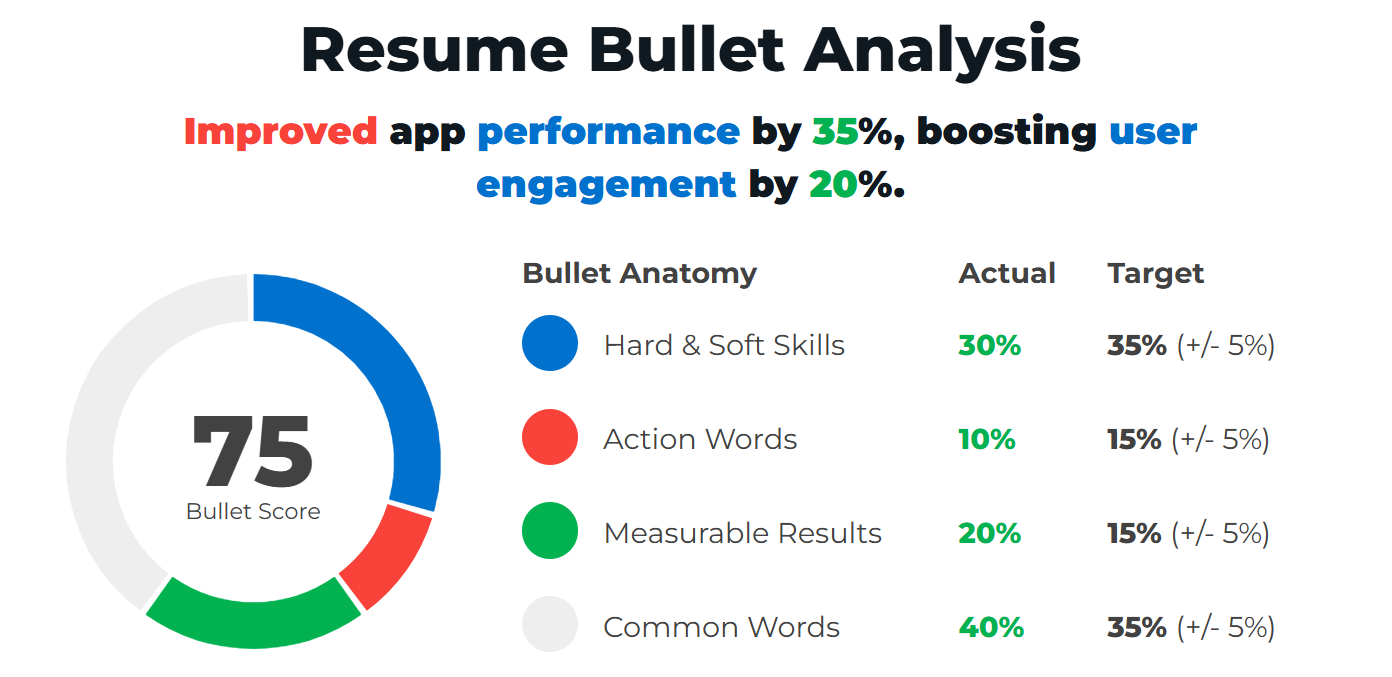
If you're a visual learner, check out our video that walks you through the step-by-step of writing a crazy-effective resume bullet:
3. Build A Visually Appealing, ATS-Friendly Resume
Now that you've updated the content on your resume, it's time to wrap it all up into an awesome layout that's also ATS-friendly.
We recommend using a resume template so you can save the time you'd normally spend designing your resume and instead allocate it to your job search.
You can use ResyBuild.io, a free AI resume builder, to easily build and customize your resume in no time. Just pick one of the templates below and get started:

Free Job-Winning Resume Templates, Build Yours In No Time.
Choose a resume template below to get started:
Choose from 8 proven templates and easily create, edit, and customize your resume. ResyBuild's AI assistant also helps you craft personalized, job-winning bullets in a single click. Simply add your experience, hit “Optimize”, and watch the magic happen.
4. Don't Apply Online — Do This Instead
The most common next step in the process is to start applying for IT roles.
While applying online can absolutely be the next step in your job search, the truth is, it will only get you so far. In fact, only 2% of resumes submitted for the average open role end up reaching the interview stage.
Sure, optimizing your resume will boost your chances of being a part of that 2%.
But some estimates, like this one from the Wall Street Journal, show that 80% of hires come from referrals.
This means your best shot at landing the role you've been eying is through networking.
And no, we're not talking about attending conferences, events, and meetups. We're talking about a fresh approach that really builds relationships and gets your resume at the top of the resume pile at companies like Microsoft, Google, Uber, and more.
You can read all about it in our flagship guide for effective job searching:
Read More: How To Get A Job Anywhere Without Applying Online
Final Notes
Whether you're just starting out or looking to advance in your IT career, getting clarity on the possibilities ahead of you can help you navigate your career with more ease.
Just don't forget: your career path isn't set in stone. Our jobs and career goals will often evolve with life transitions. Always remember that your career should change to fit your life and not the other way around.



















